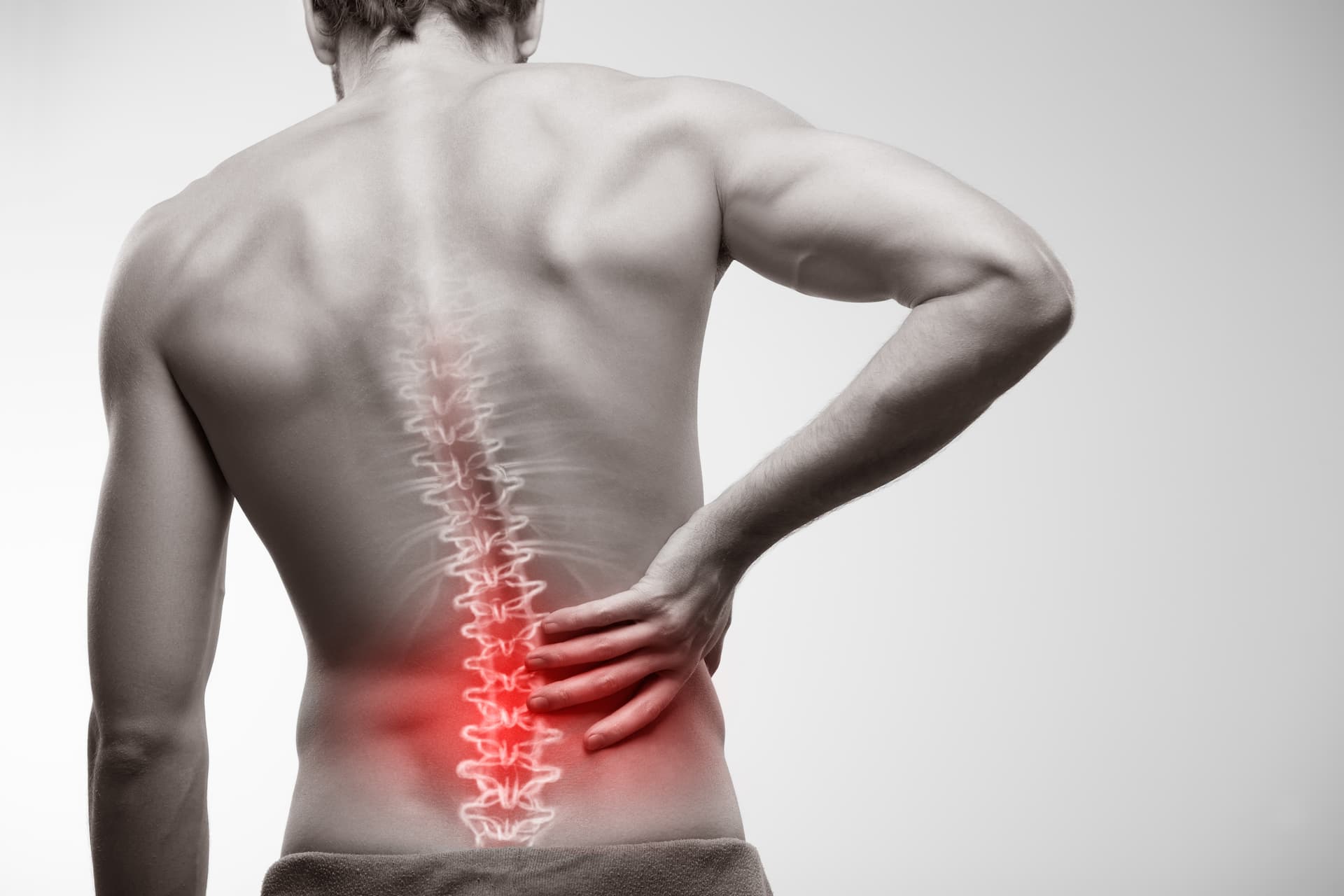Minimally Invasive Lumbar Decompression (MILD)
Minimally invasive lumbar decompression (MILD) is primarily a treatment for lumbar spinal stenosis (LSS). Spinal stenosis causes a narrowing of the spinal canal, which then compresses the nerves and causes back pain or leg pain, similar to sciatica. This procedure is performed in order to relieve some of that pressure and take away or at least reduce the pain.
Frequently Asked Questions
Spinal stenosis is specifically the narrowing of the space of the spinal canal, which contains the spinal cord and nerves. It can happen in any part of the spine, but most often occurs in the neck and the lower back. Lumbar Spinal Stenosis is the name for the type of Stenosis that is present in the lower back and the lumbar area is made up of five lumbar vertebrae, which form part of the canal. When this area becomes compressed it will push against the nerves and trigger pain signals to be sent through the central nervous system and into the brain.
Spinal stenosis is usually the result of a degenerative disease called Osteoarthritis. Both tend to occur in older age, as there is a natural, gradual wear mand tear on the body and joints. Osteoarthritis tends to set in around 50 or older and spinal stenosis may follow afterwards. Other causes of spinal stenosis include bone spurs (overgrowth of bone), herniated discs, tumors, and injuries.
While some people may not actually experience any pain associated with spinal stenosis, many will have some sort of symptoms. Symptoms do tend to vary depending on whether the condition is presenting in the cervical spine or lumbar spine.
- Pain in the lower back.
- Leg pain, which can start in the lower back and often radiates into the legs.
- Numbness, weakness, cramping, tingling or heaviness in the legs or feet.
- This can occur if you have been standing or walking for long periods of time and will typically dissipate when you sit down, rest, or lean forward while walking.
- Loss of bladder or bowel control. This is an indication of a serious medical issue and needs immediate medical attention.
Before the procedure begins the patient is brought to the procedure room, and the skin in the back is cleaned with an antiseptic solution. Intravenous sedation is typically used to numb the area. X-rays will be used to mark the exact spot where the doctor will be working.
With the patient is lying face down on the operating table and a small incision about 1/4 inch or less is made. A small tube about the diameter of a pencil is inserted through the incision in order to access the spine. A tiny instrument is inserted through the tube to remove a small amount of tissue that is causing the problem. This will relieve the pressure against the nerves in your spine and eliminate or significantly reduce the pain in your legs and back.
After the procedure is completed, all of the instruments are removed, and the small incision is closed and bandaged. The whole process should take less than an hour. The patient is then taken to a recovery room to stay for another hour before being discharged.
If you are suffering from chronic back and leg pain, a pain management specialist can help determine the best course of treatment for your individual needs. When other non-surgical treatment methods have not helped, your pain management doctor may recommend minimally invasive lumbar decompression (MILD) to better provide you with relief. Your specialist will review the benefits of this procedure and any potential risks you may incur. If they decide it is an appropriate treatment, they will then advise you on what the necessary steps will be to prepare for and go through with the procedure.
As with all procedures, there are advantages to a minimally invasive surgery and risks that a person assumes when they agree to it. One of the biggest advantages of MILD is that it’s a minimally invasive procedure, meaning it causes the least amount of trauma to the body and does not create much scar tissue formation. It is significantly easier to heal from, rather than a traditional open spinal surgery, and most people are up and walking again that same day. The procedure is typically completed in an hour or less, as an outpatient, and patients are free to ride home in a car the same day as the procedure. With a smaller incision, there is less blood loss and decreased risk for infection.
While there are several advantages, there is a risk that the procedure will not improve the patient’s pain, very rarely, it could temporarily make it worse. There is also a chance of bruising around the area that should clear up within a matter of days. Other risks include infection, spinal fluid leak, headache and nerve root injury. However, these risks are very rare, and the MILD procedure is generally considered very safe in the hands of an experienced pain management specialist.

